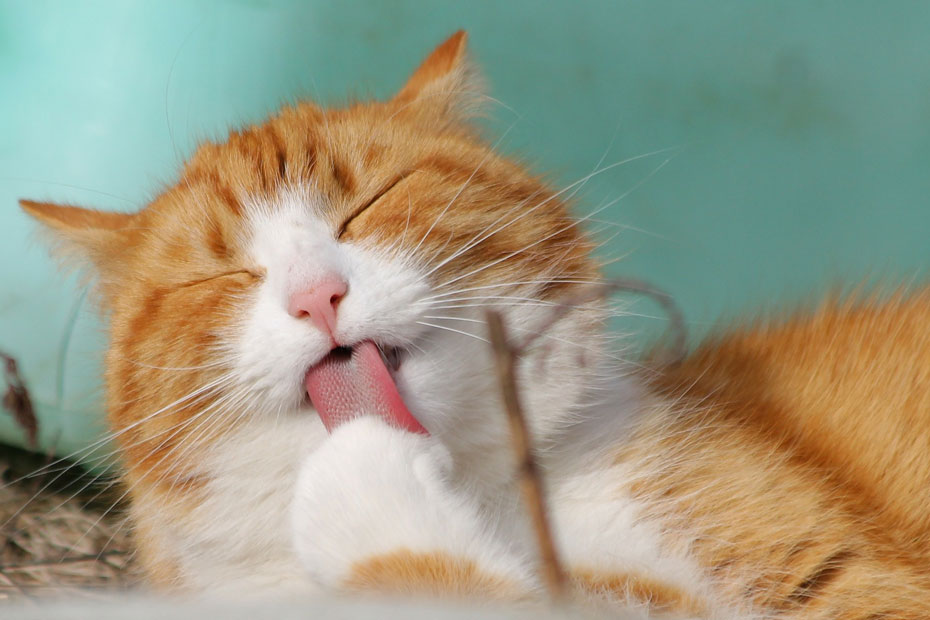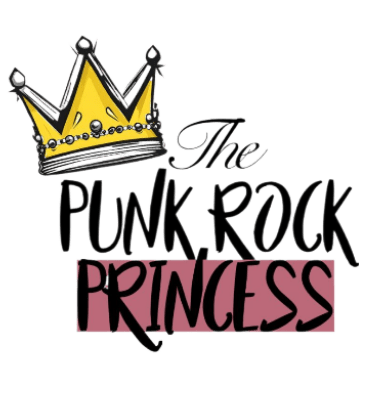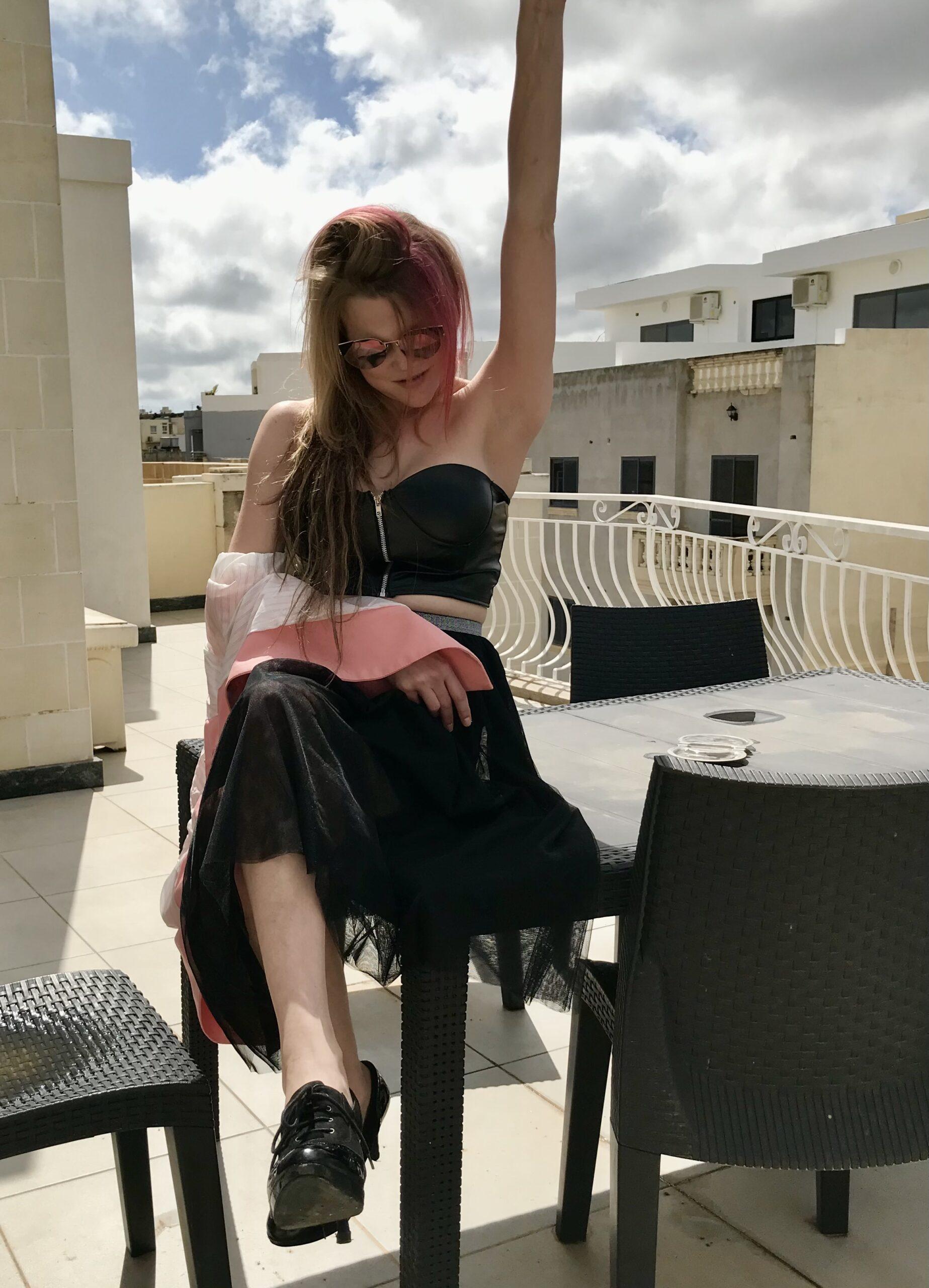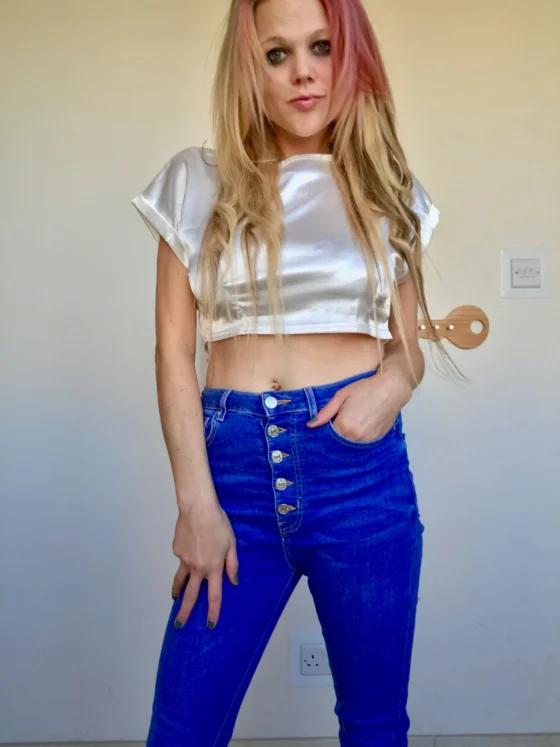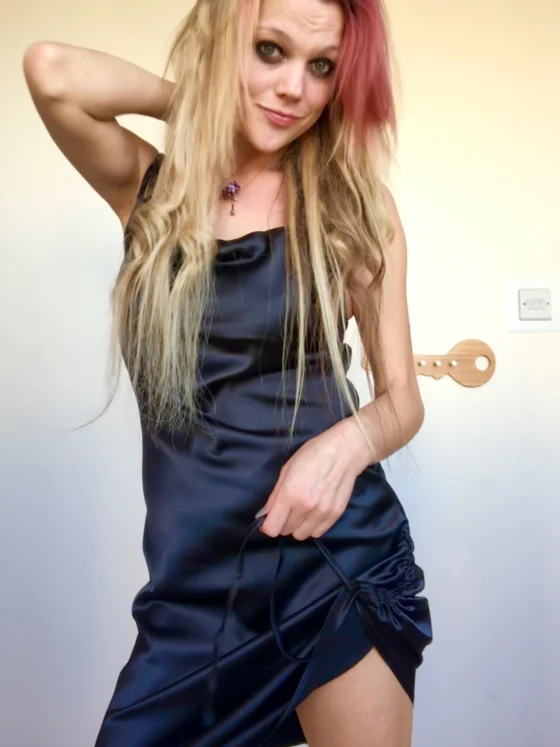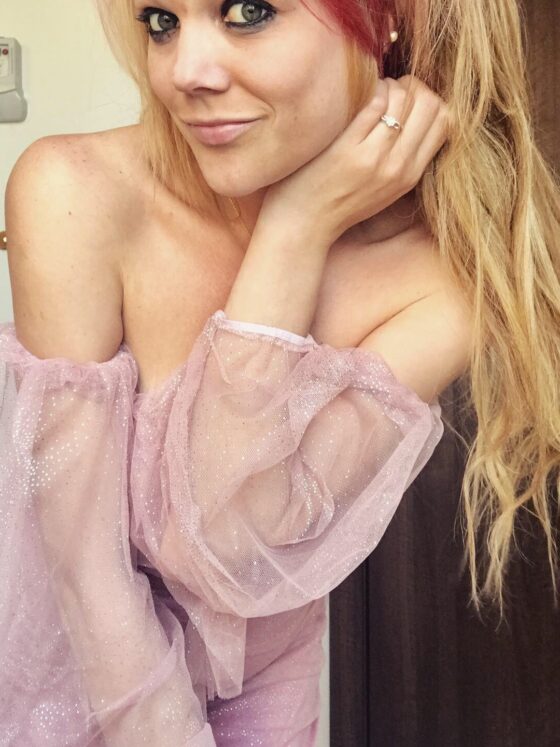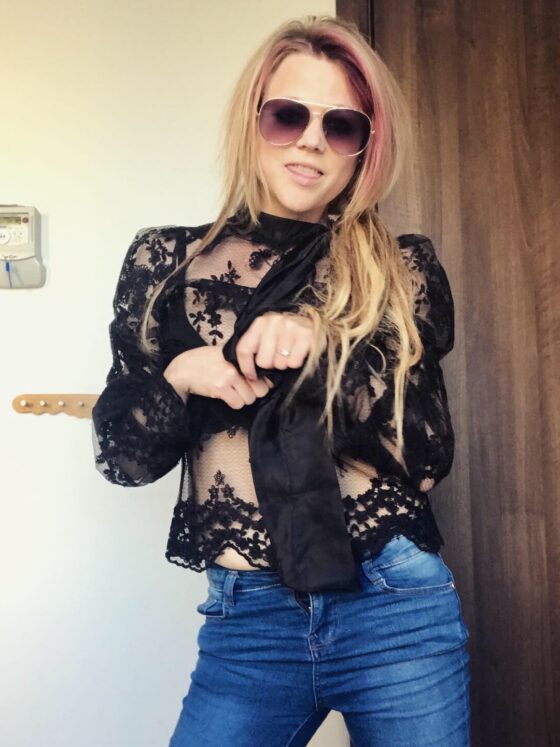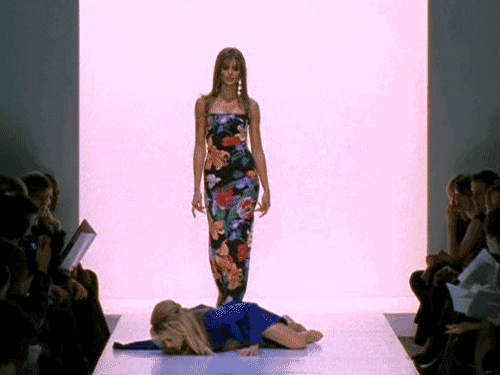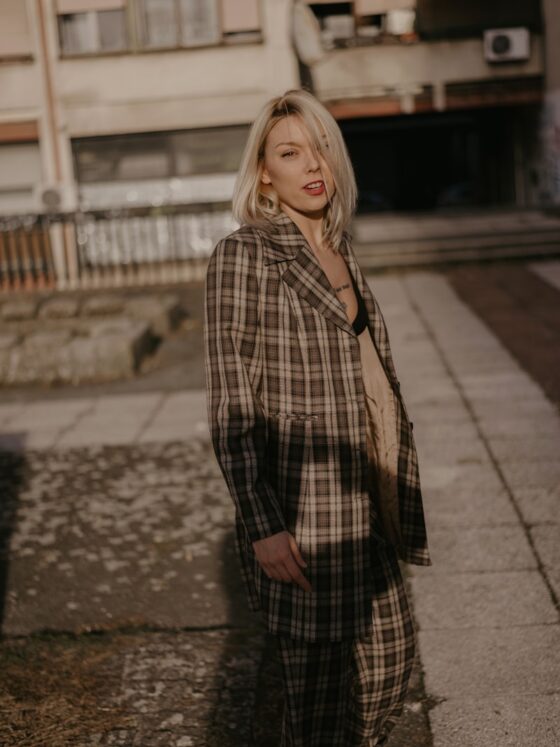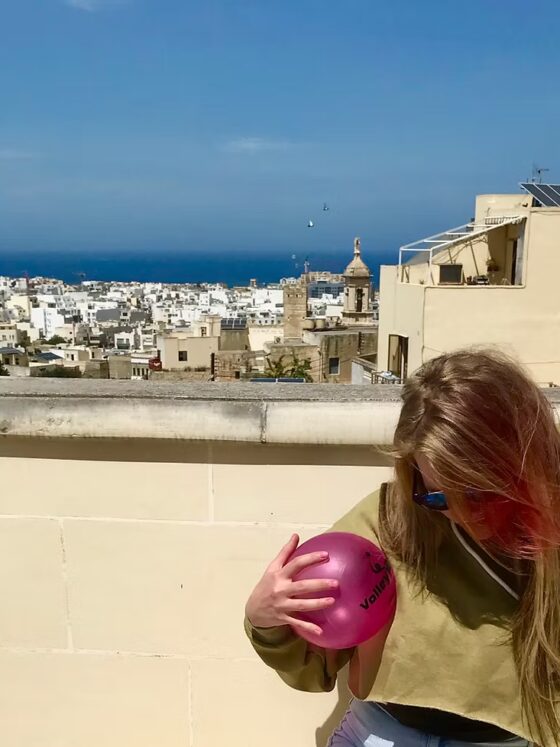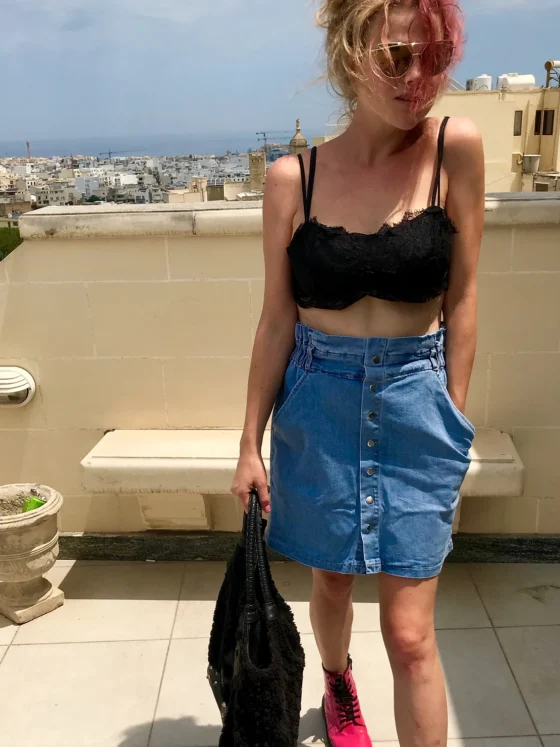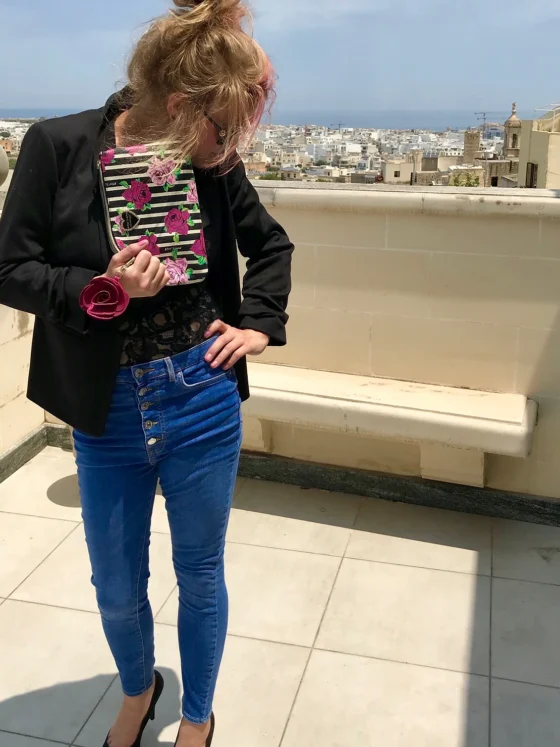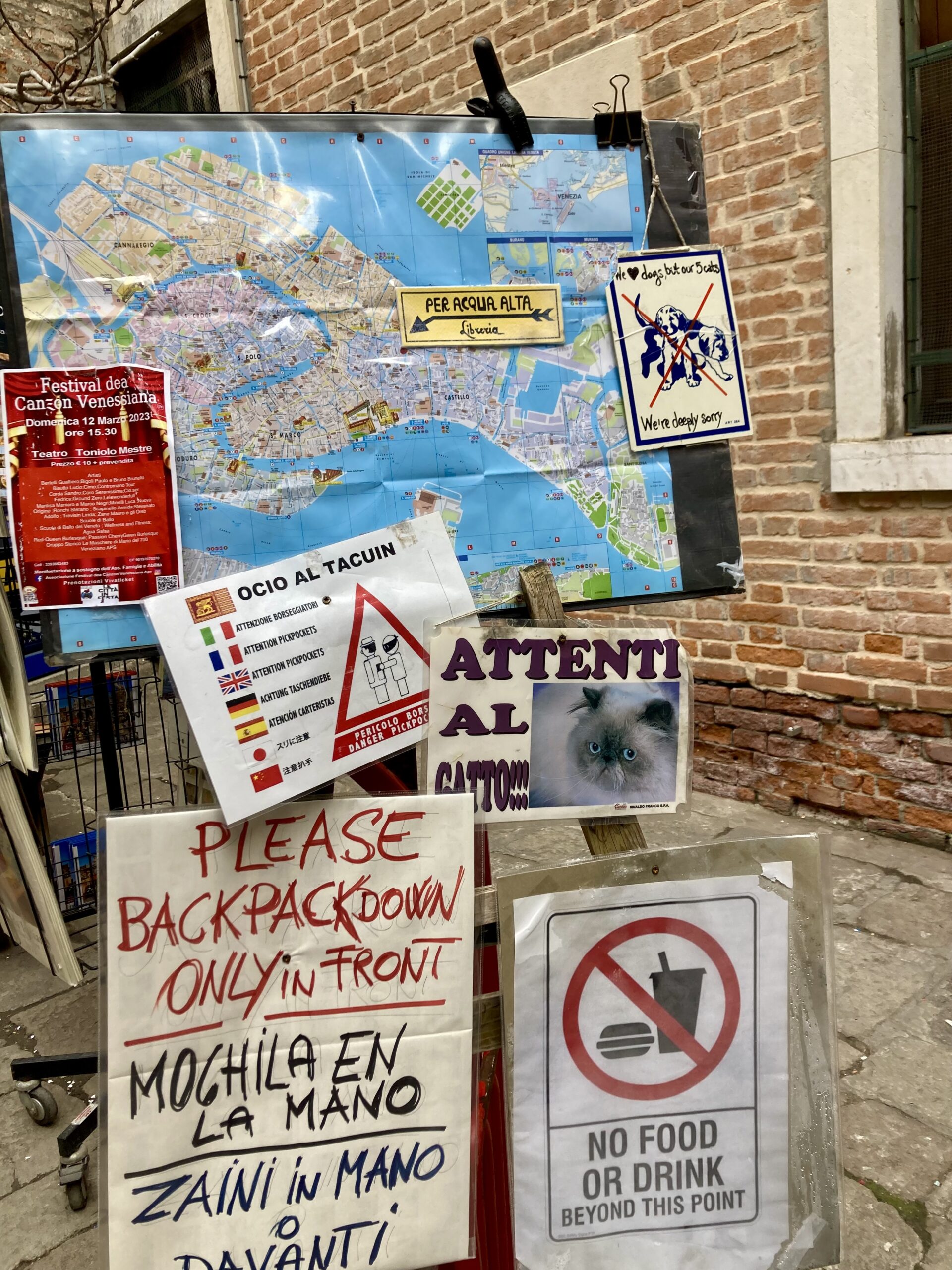What is ethical fashion, why is it important, and why are we just hearing about it now? To answer these questions, we start with what is wrong with clothing production today.
Today’s clothing available in stores is produced unethically using sweatshops and child labour to ensure a more significant profit margin. You might have seen a few of my recent fashion posts; it’s everywhere!

Manufacturers use unsustainable fabrics like non-organic cotton (dubbed natural, which accounts for almost 25% of all pesticide use) and polyester (which is a petroleum by-product).
What is ethical fashion?
Ethical fashion is that which is produced using fairly paid and fairly treated adult workers; sustainable fabrics and materials like organic cotton, hemp, bamboo, and reclaimed or recycled materials; low-impact fibre-reactive dyes or vegetable dyes; respect for a healthy environment and product for the farmer, the assembler, and the wearer of the clothing.
Why ethical fashion?
We are all responsible for how our lifestyles affect the environment. Simple measures can be taken to achieve significant changes by switching our buying patterns to include products made of low-impact materials.
Positive pressure on businesses that have yet to clean up their acts voluntarily is very easily applied by simply choosing not to spend money on their products and helping little by little to grow the businesses that have made an explicit commitment to responsible business practice.

Why Now?
The wonderful thing about the booming ethical fashion industry is the vast variety of designs, colours, cuts, fabrics, and sizes now available.
Designers with hearts are creating beautiful, sexy, edgy, classic, current, imaginative, and, yes, flattering pieces. Ethics will not be compromised, and thankfully, neither will the look and feel of their work.
Reducing our footprint can be done without making any sacrifices.

Public awareness is one of the main driving forces behind the ethical fashion boom. Thanks to the prominent manufacturers, the fact that sweatshop labour is used for the overwhelming majority of production can no longer be ignored.

The power of boycotting has been demonstrated, as has the capability of voting with our dollars to support good practices.
Thanks to alternative medical practitioners who deal with causes instead of just symptoms, we’re learning that we can build health by surrounding ourselves with and consuming healthy things.

Quantity without quality is tiring for consumers. Most ethical designers work in small amounts, using high-quality textiles. Customers increasingly use their purchasing power to support sustainable materials, small farmers, and farm co-ops.
We want to lessen our environmental effects, enhance our social contribution, ease our consciences, keep some creature pleasures, and celebrate art in all its manifestations.
